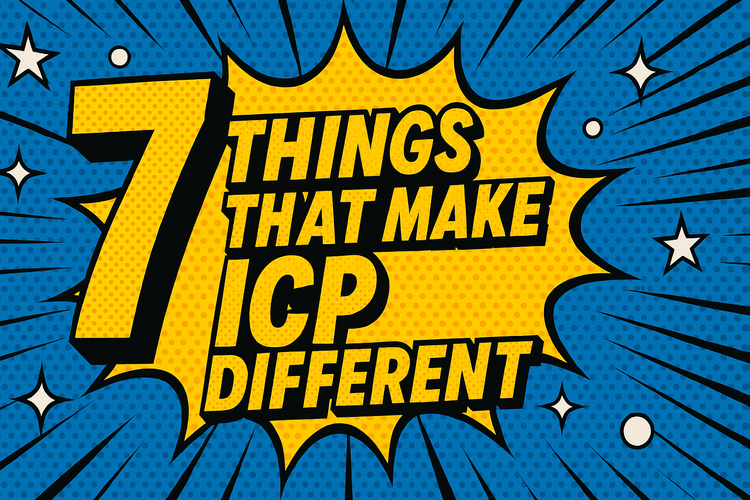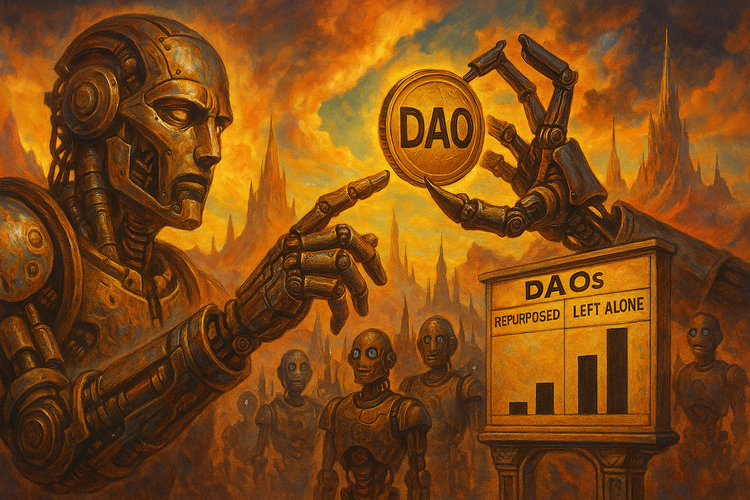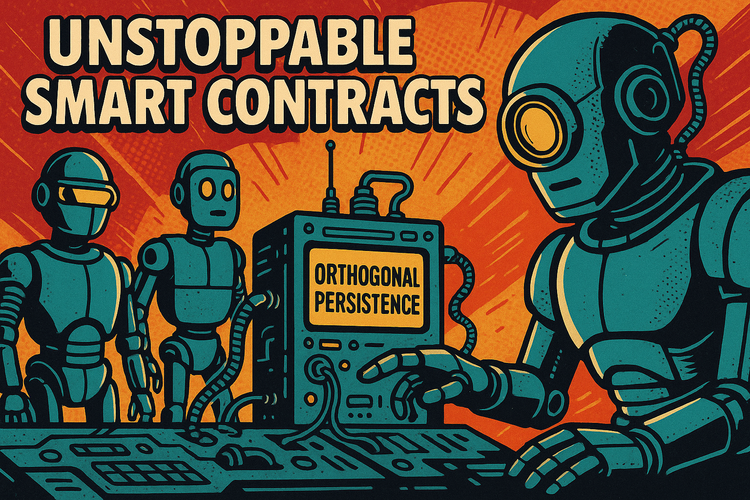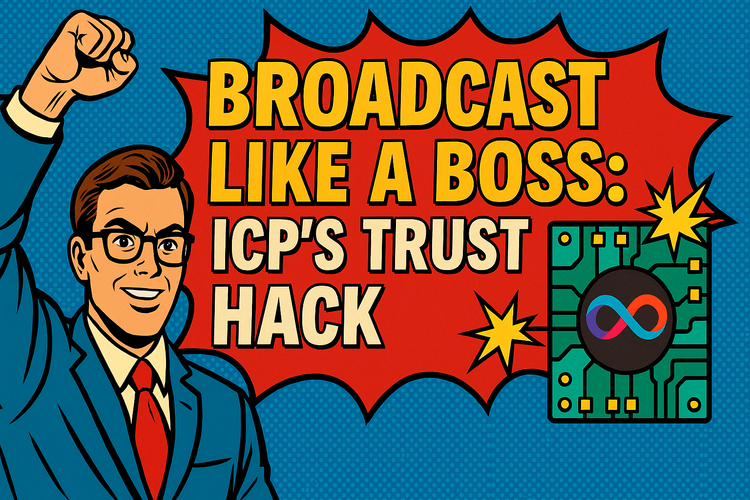Evaluating Blockchain Projects: A Comprehensive Guide to Assessing Development Activity
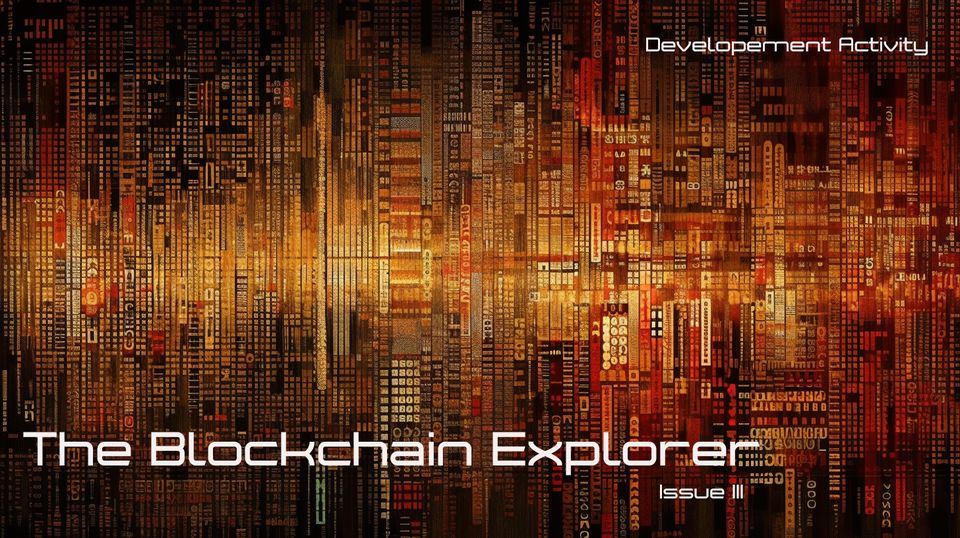
Welcome to the Third edition of "The Blockchain Explorer." In the first and Second editions, we looked at different variables for comparing popular blockchains. But in this edition, I will focus ONLY on the developer's side since that will actually make a blockchain successful in the long run.
Measuring the development activity and developer interest in a blockchain project involves assessing a number of factors. These can range from technical parameters such as code commits and repository updates to social parameters like community engagement and discussion. Let's explore our methodology:
1. Codebase Analysis
This could be the first and most direct method to measure the development activity. Most blockchain projects are open-source and host their code on platforms like GitHub.
- Commits: Measure the number of commits made to the project's repository. A higher number of commits can indicate active development.
- Contributors: Analyze the number of unique contributors. This not only signifies developer interest but also ensures that the project isn't reliant on a single developer or a small group.
- Repository Stars: On platforms like GitHub, users can star repositories that they find interesting; a higher number can indicate developer interest.
- Forks: This indicates how many developers are actively taking the project's source code for their own use or development.
2. Bug Tracking and Issue Resolution
This refers to how the community responds to issues raised by users or developers, and how quickly these issues are addressed.
- Open vs. Closed Issues: Monitor the ratio of open to closed issues. A higher ratio may indicate less development activity or a slower response to problems.
- Average Resolution Time: This is the average time it takes for an issue to be closed. Faster times indicate a more active development process.
3. Version Releases
Active projects will frequently release new versions with improvements and new features. Measure the frequency and content of these releases to gauge development activity.
4. Community Engagement
The amount of discussion and activity in a project's community can indicate developer interest.
- Forum Activity: Monitor activity on forums like the project's own community forum. More posts and discussions can indicate higher interest.
5. Development Funding
Many projects have grant programs or funding for developers.
- Amount: Higher amounts of funding may attract more developers.
6. Partnerships and Integrations
Track the number of partnerships with other companies or projects and the number of third-party integrations. Both are strong signals of developer interest and active development.
Categorization of Blockchain
Since the relevance of each factor can vary depending on the specific blockchain project, therefore, we adopt a weighted index approach. Since the importance of these factors will vary based on the stage a blockchain is, we have assigned different weights to each component based on which state there are -
Stage ZERO (0 - 1 Year): Mainnet is just launched; development activity (as indicated by commits, contributors, and issue resolutions) and developer documentation are more crucial. These elements help establish the project and invite early adopters. Version releases are also significant as they demonstrate progress and improvements.
Growth Stage (1 - 3 Years): As the project grows and becomes partially mature, community engagement starts to gain importance, reflecting a growing user base and potential developer interest. Regular version releases also become more crucial, indicating continuous improvement and feature addition. The increased weight for partnerships and integrations reflects the expectation that the project is now more likely to collaborate with other projects or businesses.
Established Stage (3 Years+): At a mature stage, the project is likely to have an established codebase, and the primary focus might shift towards maintaining a vibrant community, rolling out regular updates, and building partnerships and integrations with other projects or platforms. Hence, community engagement, version releases, partnerships, and integrations receive more weight at this stage.
Now let's look at some real data for Ethereum (the Gold standard for developer's activity), so obviously, we won't compare it with others (since that would be unfair).
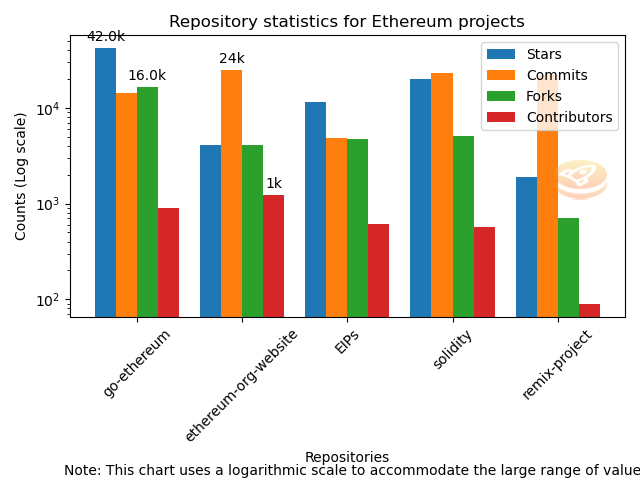
Let's use this approach for Solana, ICP & Avalanche...
A Developer's Insight into Solana, ICP, and Avalanche
Codebase Analysis
Solana leads in all four metrics among the three projects. With over 22,000 commits, 10.3k stars, 2.9k forks, and 446 contributors, it shows the most robust development activity and popularity.
ICP, with over 15,000 commits, also shows strong development activity, although its star count and fork count are relatively lower, suggesting it might be less popular among users and other developers.
Avalanche, on the other hand, has the least commits and contributors, suggesting less development activity. The star count and fork count for Avalanche are also the lowest among the three, implying it's the least popular project of the three.
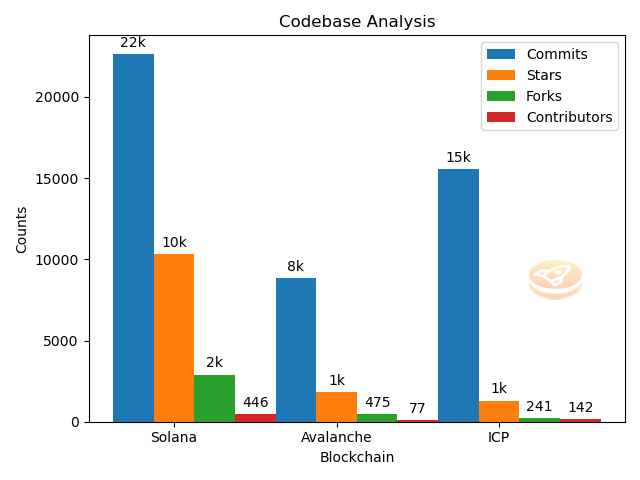
Bug Tracking and Issue Resolution
Dfinity (ICP) has disabled the issues in their Github, so I won't be able to compare the results. They might be using different systems to track the issues.
| Blockchain | Closed Issues | Open Issues | Ratio of Open to Closed Issues (last 30 issues) | Average Resolution Time (hh:mm) (last 30 issues) |
|---|---|---|---|---|
| Solana | 4116 | 751 | 0.5 | 12:51 |
| Avalanche | 485 | 56 | 1.5 | 20:45 |
Version Releases
As for ICP (Internet Computer), while the protocol itself is open-source, it appears that DFINITY is using NNS to update the Protocol. Therefore, release information isn't available through the GitHub API.
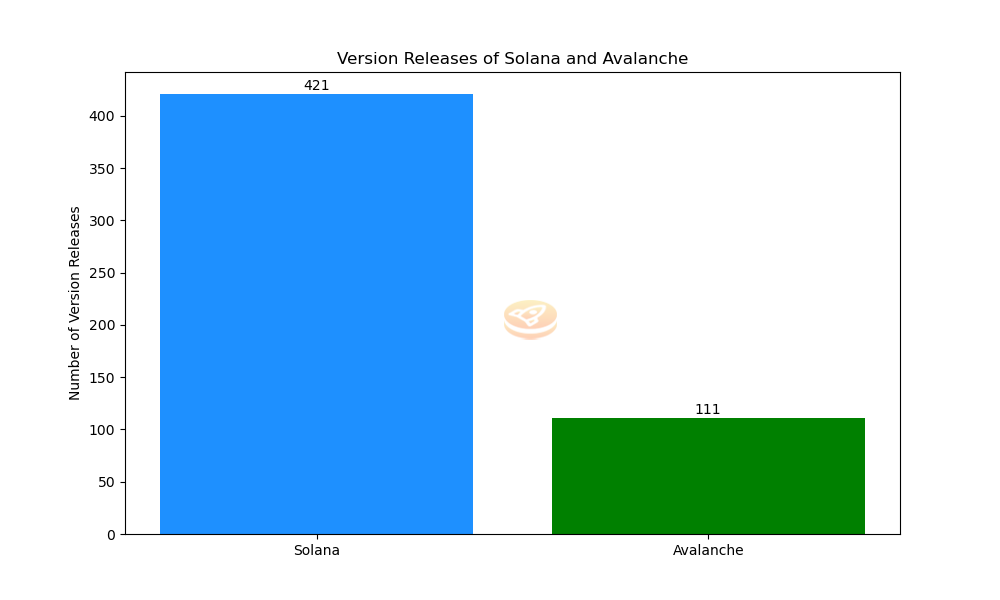
Community Engagement
For this metric, we are more focused on Blockchain's own forum. We are analyzing 10 top topics (views perspective) from the community's forum.
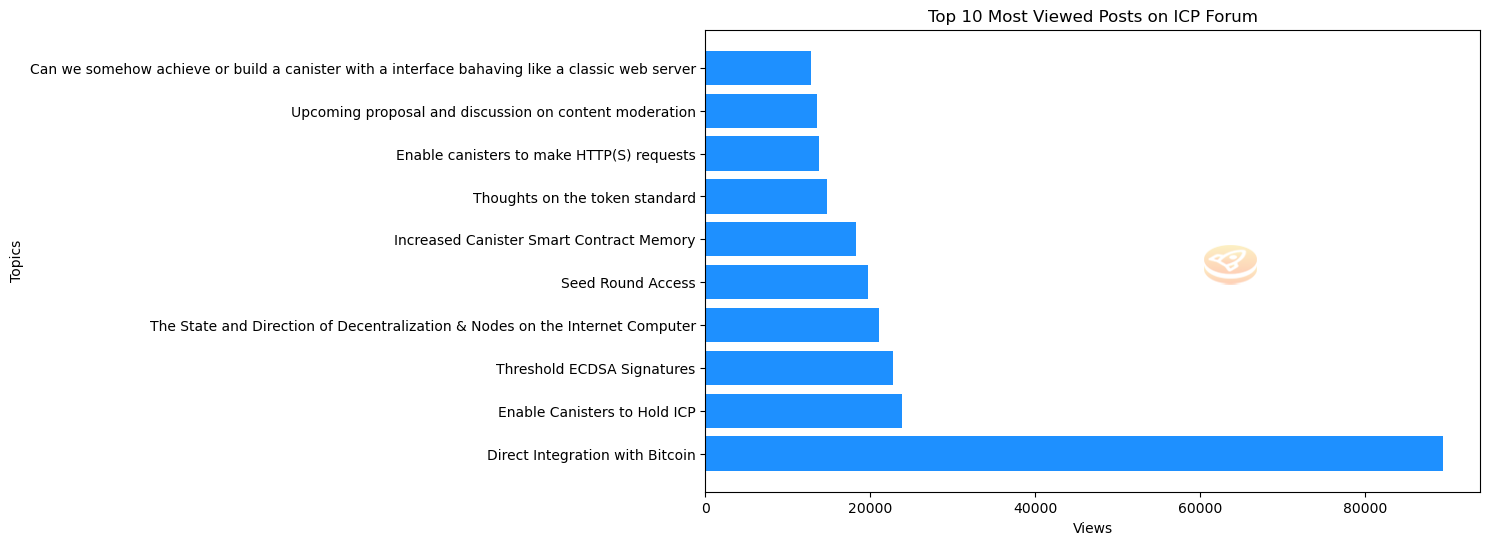
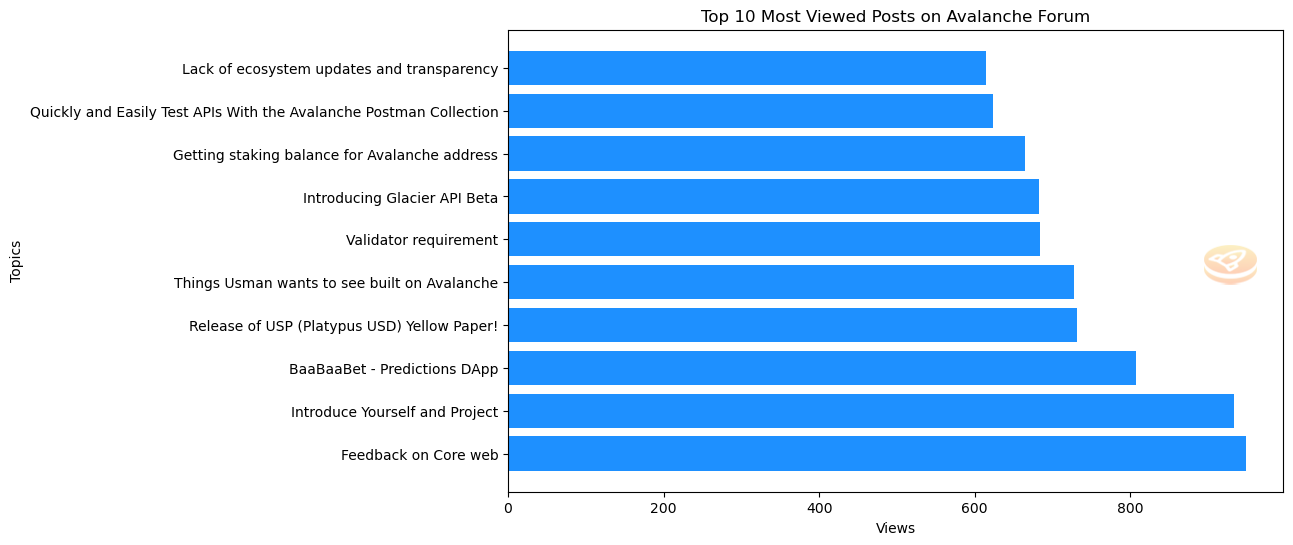
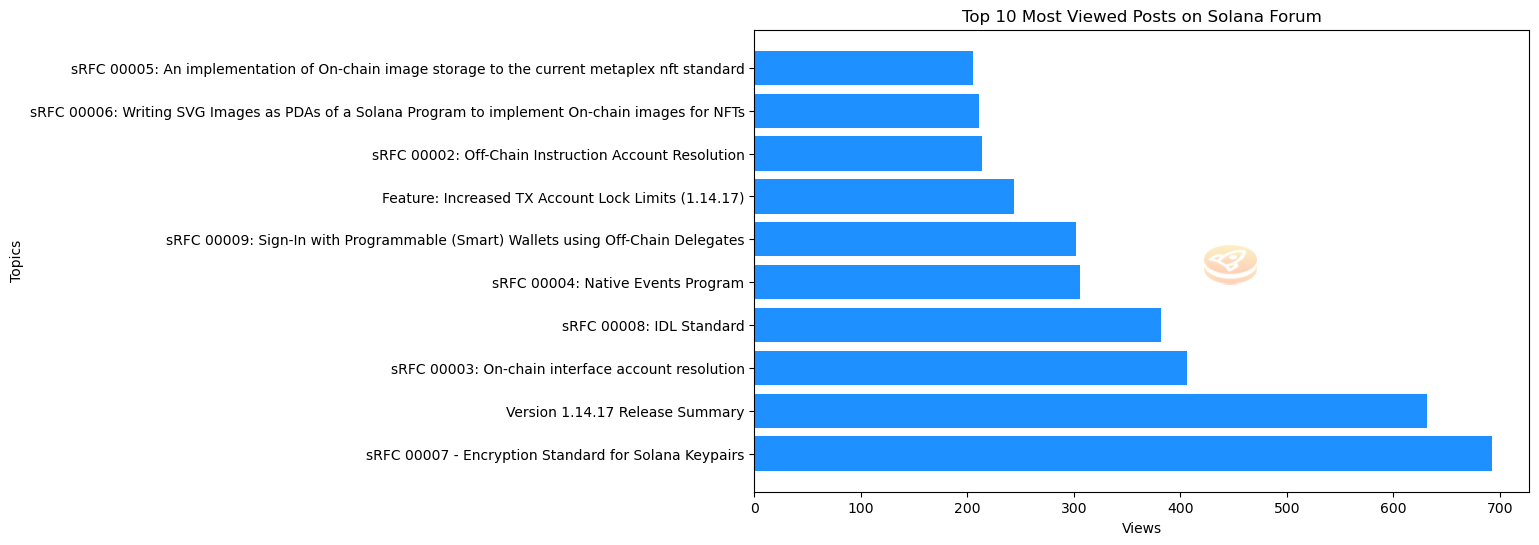
Clearly, ICP has the lead with over 89k views for "Direct Bitcoin Integration"
Development Funding
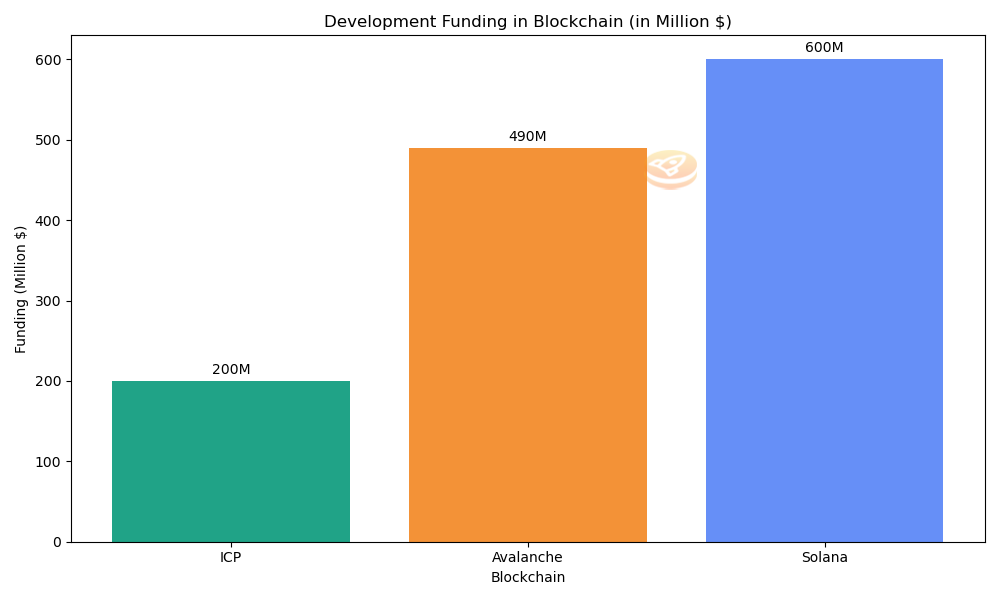
Besides each of these, blockchain has hackathons, Community funds Venture capital investments. Solana has the largest amount so far.
Partnerships and Integrations
As blockchain projects mature and transition into later stages of growth, the focus shifts from fundamental development to forging strategic partnerships and integrating with diverse platforms. This phase is critical because partnerships and integrations expand the utility, accessibility, and overall reach of a blockchain, contributing significantly to its growth trajectory. Partnerships can bring in diverse user bases, tap into established markets, and create synergies by integrating complementary technologies. They also signify a level of trust and validation in the blockchain project, which can lead to increased adoption.
Meanwhile, integrations, especially with mainstream platforms and services, directly increase the project's exposure and accessibility, making it easier for users and developers to engage with the platform. Hence, robust partnerships and integrations can serve as key indicators of a blockchain project's long-term sustainability and success.
| Blockchain | Partnerships | Integrations |
|---|---|---|
| Solana | High | Medium |
| ICP | Low | Low |
| Avalanche | Medium | High |
Solana has the most partnerships, while Avalanche has the most integrations in 2023.
Conclusion
we can draw the following conclusions from the analysis of Solana, ICP, and Avalanche:
Codebase Development: Solana shows the highest development activity and popularity among the three blockchains, backed by over 22,000 commits, 10.3k stars, 2.9k forks, and 446 contributors. ICP follows with robust development activity, though its user popularity appears lesser. Avalanche, however, lags in these parameters, indicating a comparatively lower scale of development and popularity.
Issue Resolution: Solana demonstrates a strong issue resolution capacity with more closed issues and a lower open-to-closed issue ratio, coupled with a faster average resolution time. Avalanche's issue resolution performance is slower, with a higher open-to-closed issue ratio. Note, ICP's issue tracking isn't available through GitHub, suggesting a possible use of a different tracking system.
Version Releases: Solana outshines with 421 version releases, while Avalanche trails with 111. ICP's release information is not obtainable via GitHub, indicating DFINITY might be using the NNS to update the Protocol.
Community Interaction: ICP takes the lead in community integration with over 89k views on the "Direct Bitcoin Integration" forum topic.
Development Funding: Solana boasts the highest development funding, followed by Avalanche, with ICP having the least funding among the three.
Partnerships & Integrations: In terms of strategic collaborations, Solana stands out with the most partnerships, while Avalanche leads in the number of integrations as of 2023.
Taken together, these data points suggest a dynamic and varying landscape of development across these three blockchains. Solana appears to be leading the way in most aspects, while Avalanche and ICP exhibit specific strengths in areas like integrations and community interaction, respectively.
Stay Tuned for our next issue for a revelation of our epic Index!
Please share your thoughts on the article by clicking below Emoji ...
Disclaimer
*The information and analysis provided in "The Blockchain Explorer" section are intended for educational and informational purposes only and should not be considered as financial, investment, or professional advice. While our team strives to ensure the accuracy and reliability of the content, we make no representations or warranties of any kind, express or implied, about the completeness, accuracy, reliability, suitability, or availability of the information presented.
The content within "The Blockchain Explorer" may include opinions and forward-looking statements that involve risks and uncertainties. The blockchain and cryptocurrency markets are highly volatile, and past performance is not indicative of future results. Any reliance you place on the information presented is strictly at your own risk. Before making any investment decisions, we highly recommend consulting with a qualified financial advisor or conducting your own thorough research.
By accessing and using the information provided in "The Blockchain Explorer," you acknowledge and agree that neither the authors, publishers, nor any other party involved in the creation or delivery of the content shall be held liable for any direct, indirect, incidental, consequential, or punitive damages, including but not limited to loss of profits, goodwill, or data, arising out of your use or inability to use the information provided or any actions you take based on the information contained within this section.*





